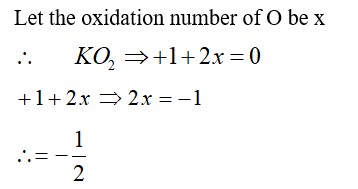11.20. What happens when
(a) Borax is heated strongly,
(b) Boric acid is added to water,
(c) Aluminium is treated with dilute NaOH,
(d) BF3 is reacted with ammonia?
11.20. What happens when
(a) Borax is heated strongly,
(b) Boric acid is added to water,
(c) Aluminium is treated with dilute NaOH,
(d) BF3 is reacted with ammonia?
-
1 Answer
-
(a) When borax is heated strongly, it loses water and swells into the white mass, which on further heating melts to form a transparent glassy solid called borax glass and borax bead.
Na2B4O710H2O→ Na2B4O7+ 10H2ONa2B4O7 → 2NaBO2+ B2O3
(b) When boric acid is added to water, it accepts electrons from –OH ion. Boric acid is sparingly soluble in cold water however fairly soluble in hot water.
B (OH)3→ + 2H2→ O→ [B (OH)4→ ]→ + H3→ O+
(c) Al reacts with dilute NaOH to form sodium tetrahydroxoaluminate (III). Hydrogen gas is liberated in the process.
2Al +
...more
Similar Questions for you
From BF3 to BI3 Lewis acidic strength increases
F2 is the strongest oxidising agent
HClO4 is the most acidic compound.
Taking an Exam? Selecting a College?
Get authentic answers from experts, students and alumni that you won't find anywhere else
Sign Up on ShikshaOn Shiksha, get access to
- 65k Colleges
- 1.2k Exams
- 679k Reviews
- 1800k Answers




